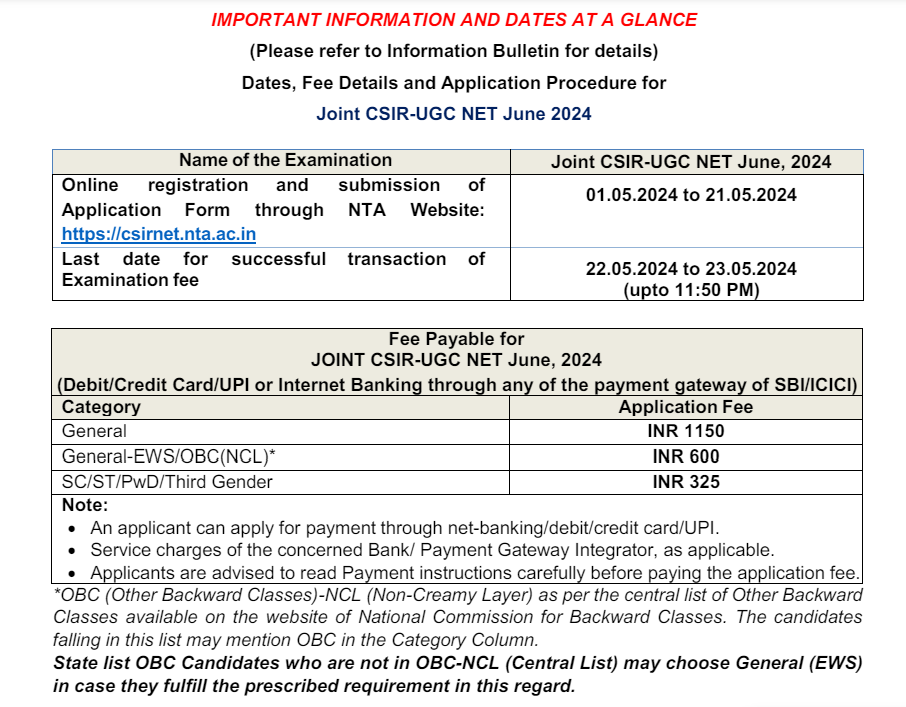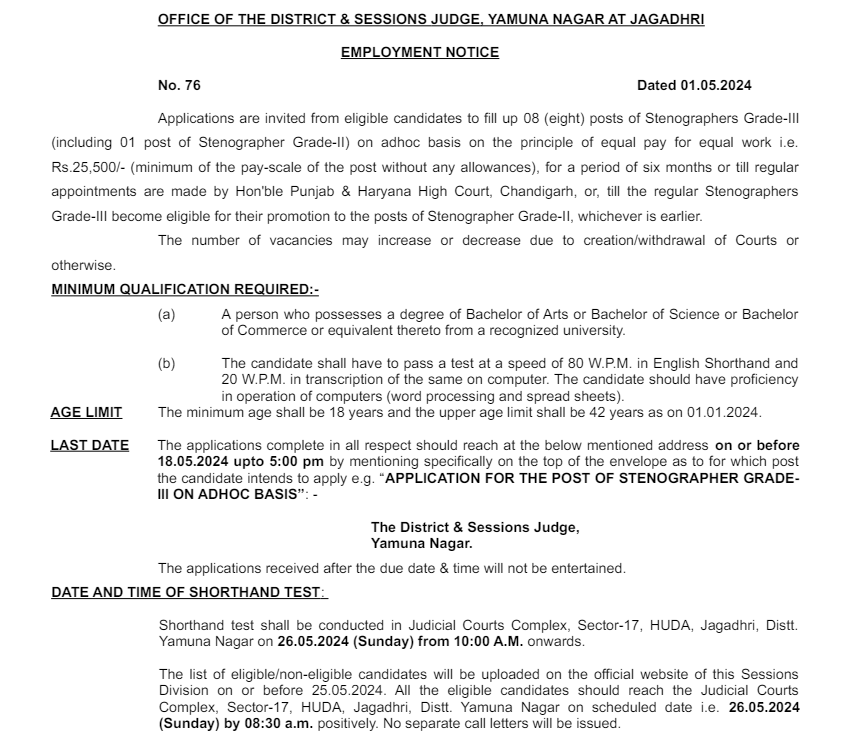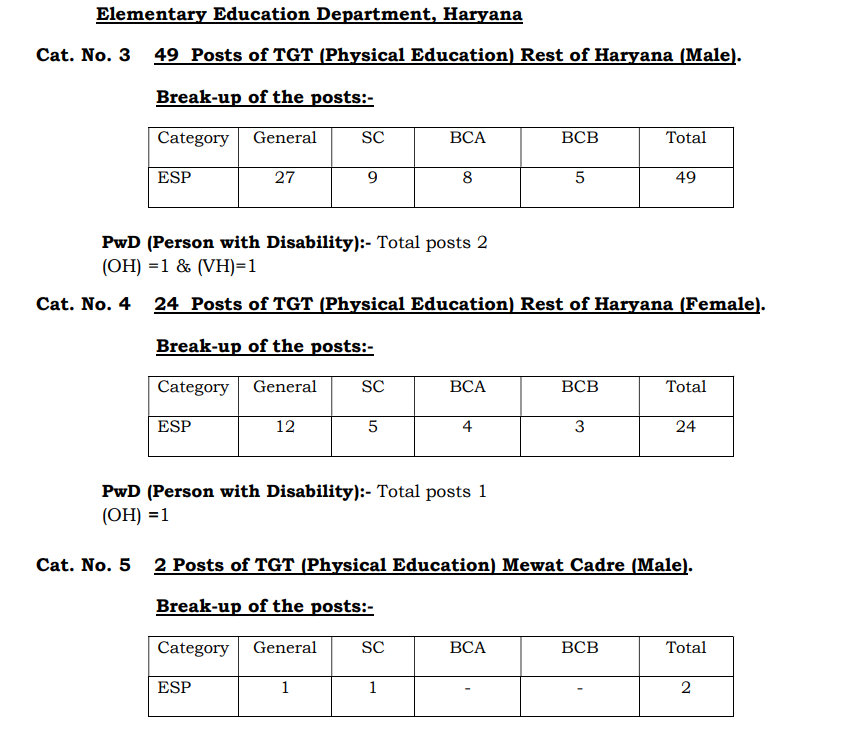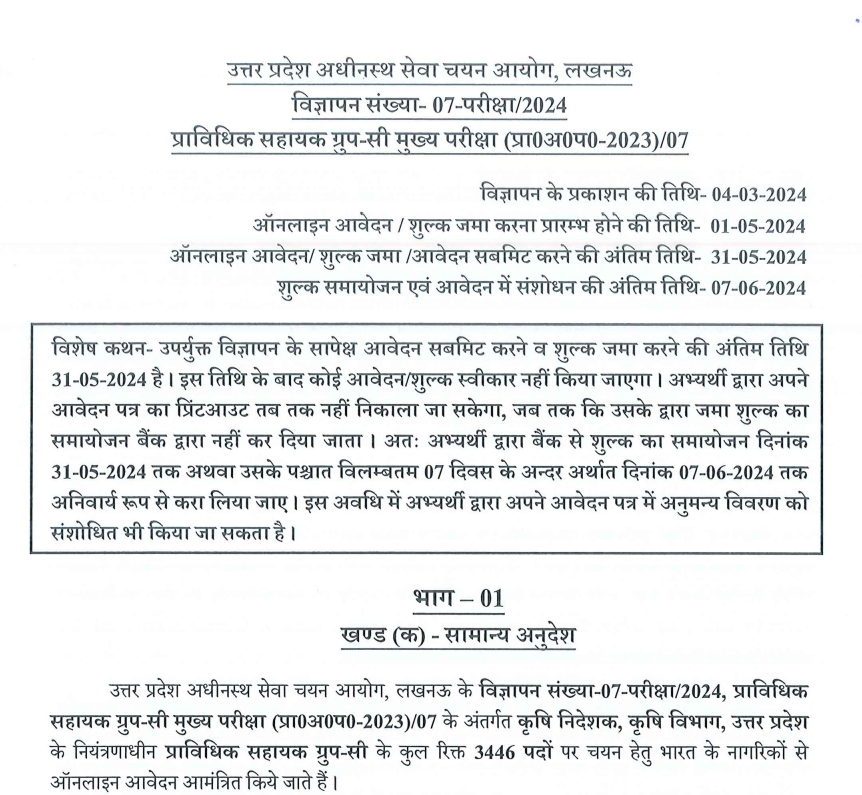Electrical Basic Questions

Category –EE MCQ PDF
Telegram-Join Us On Telegram
Attempt Free Electrical Basic Questions Here. Read The Important Electrical Basic Questions MCQ From Below.
ANSWER KEY-Correct answer is
indicated by symbol (V) in options.
indicated by symbol (V) in options.
HINTS-In some questions options
E-HINTS is indicating the hints of answer.
E-HINTS is indicating the hints of answer.
1) Resistivity of a wire depends on
A [ ]) length
B [v]) material
C [ ]) cross section area
D [ ]) none of the above
ANS : B
2) If 1 A current flows in a circuit, the number of electrons flowing through this circuit is
A [ ]) 1.6 × 1019
B [v]) 0.625 × 1019
C [ ]) 1.6 × 10 – 19
D [ ]) 0.625 × 10 – 19
ANS :B
3) The resistance of a conductor of diameter d and length l is R Ω. If the diameter of the conductor is halved and its length is doubled,the resistance will be
A [ ]) R Ω
B [ ]) 2R Ω
C [ ]) 4R Ω
D [v]) 8R Ω
ANS 😀
4) How many coulombs of charge flow through a circuit carrying a current of 10 A in 1 minute?
A [ ]) 10
B [ ]) 60
C [v]) 600
D [ ]) 1200
ANS :C
Electrical Basic Questions
5) The unit of resistivity is
A [ ]) Ω.
B [v]) Ω – metre.
C [ ]) Ω / metre.
D [ ]) Ω / m².
ANS :B
6) Instantaneous power in inductor is proportional to the
A [v]) product of the instantaneous current and rate of change of current.
B [ ]) square of instantaneous current.
C [ ]) square of the rate of change of current.
D [ ]) temperature of the inductor.
ANS : A
7) The voltage induced in an inductor is represented as,
A [ ]) product of its inductance and current through it.
B [ ]) ratio of its inductance to current through it.
C [ ]) ratio of current through it to its inductance.
D [v]) product of its inductance and rate of change of current through it.
ANS:D
8) Magnetic flux has the unit of
A [ ]) Newton
B [ ]) Ampere turn
C [v]) Weber
D [ ]) Tesla
ANS:C
Electrical Basic Questions
9) If P is the power of a star connected system then what will be power of an equivalent delta connected system?
A [v]) P
B [ ]) 3P
C [ ]) P/3
D [ ]) None of the above
ANS :A
10) Which of the followings is/are active element?
A [ ]) Voltage source
B [ ]) Current source
C [v]) Both
D [ ]) None of these.
ANS: C
11) Which of the following are the passive elements?
A [ ]) Resistor
B [ ]) Bulb
C [v]) Both
D [ ]) None of these.
ANS:C
12) Power dissipation in ideal inductor is
A [ ]) Maximum
B [v]) Zero
C [ ]) Minimum
D [ ]) A finite value
ANS : B
13) Inductor does not allow the sudden change of
A [v]) current
B [ ]) voltage
C [ ]) power
D [ ]) None of the above
ANS : A
Electrical Basic Questions
14) Capacitor does not allow the sudden change of
A [ ]) current
B [v]) voltage
C [ ]) power
D [ ]) None of the above
ANS :B
15) Internal resistance of ideal voltage source is
A [v]) zero
B [ ]) infinite
C [ ]) finite
D [ ]) 100 ohms
ANS : A
16) Internal resistance of ideal current source is
A [ ]) zero
B [v]) infinite
C [ ]) finite
D [ ]) 100 ohms
ANS : B
17) Which quantity consists of a unit KWh ?
A [v]) Energy
B [ ]) Time
C [ ]) Power
D [ ]) Charge
ANS : A
Electrical Basic Questions
18) Which of the following has no units?
A [ ]) Permeability
B [ ]) Moment of a magnet
C [v]) Magnetic susceptibility
D [ ]) Permittivity
ANS : C
19) Which of the following quantities consists of SI unit as WATT ?
A [ ]) Force
B [ ]) Charge
C [ ]) Current
D [v]) Power
ANS : D
20) Rms value is defined based on which of the following?
A [v]) Heating effect
B [ ]) Charge transfer
C [ ]) Current
D [ ]) Voltage
ANS : A
21) Which of the following defined the average value ?
A [ ]) Voltage
B [ ]) Heating effect
C [ ]) Current
D [v]) Charge transfer
ANS : D
22) For symmetrical wave form average value of one full cycle is
A [ ]) 1
B [ ]) 1.11
C [ ]) 2.22
D [v]) 0
ANS : D
Electrical Basic Questions
23) If a pure inductor is connected across the ac source, the average power taken by the inductor is
A [ ]) A few watt
B [ ]) 100 watt
C [v]) zero watt
D [ ]) Maximum power
ANS : C
24) Average power taken by the pure capacitor is
A [v]) Zero
B [ ]) Minimum
C [ ]) Maximum
D [ ]) Any of the above
ANS : A
25) Which of the following is not a vector quantity?
A [ ]) Linear momentum.
B [ ]) Angular momentum.
C [ ]) Electric field.
D [v]) Electric potential.
ANS : D
26) If conductance increases as temperature increases it is called as ……….
A [v]) Negative co-efficient
B [ ]) Positive co-efficient
C [ ]) Both 1 & 2
D [ ]) None of the above
ANS : A
Electrical Basic Questions
27) Which material has extremely large resistance ?
A [ ]) Semiconductor
B [ ]) Conductor
C [v]) Insulator
D [ ]) None of the above
ANS:C
28) What is mean by the rate of flow of an electric charge ?
A [v]) Electric current
B [ ]) Electric potential
C [ ]) Electric resistance
D [ ]) None of the above
ANS : A
29) What is the unit of potential difference ?
A [ ]) Ohm
B [v]) Volt
C [ ]) Watt
D [ ]) Ampere
ANS: B
30) Which property is used to oppose the flow of current ?
A [ ]) Poteintial difference
B [ ]) Capacitance
C [ ]) Inductance
D [v]) Resistance
ANS: D
Electrical Basic Questions
31) What is the SI unit of electric current ?
A [v]) Ampere
B [ ]) Ohm
C [ ]) Faraday
D [ ]) None of the above
ANS:A
32) What is time period T?
A [ ]) Time taken by an alternating quantity to complete the (+)ve half.
B [v]) Time taken by an alternating quantity to complete the a cycle.
C [ ]) Time taken by an alternating quantity to complete the (-)ve half.
D [ ]) Time taken by an alternating quantity to reach the peak value.
ANS: B
33) What is called the frequency in AC operation?
A [ ]) No. of (+)ve quadrature made per second.
B [v]) No. of cycles made per second.
C [ ]) No. of (-)ve quadrature made per second
D [ ]) No. of wave made per second.
ANS : B
34) What is the relation between time period T and frequency?
A [v]) T = 1 / frequency.
B [ ]) T = 0.5 / frequency.
C [ ]) T = 0.85 / frequency.
D [ ]) T = frequency.
ANS :A
35) What is referred as the average value in AC opearation?
A [ ]) Average of all values of an alternating quantity.
B [ ]) Average of all values of the phase sequences.
C [ ]) Average of all values of the (+)ve and (-)ve half.
D [v]) Average of all values of an alternating quantity over a complete cycle.
ANS 😀
Electrical Basic Questions
36) What is form factor?
A [ ]) Average value / R.M.S. value
B [ ]) Average value / Peak value.
C [ ]) Instantaneous value / Average value.
D [v]) R.M.S. value / Average value.
ANS 😀
37) Select the wave that has the least value of form factor.
A [v]) Square wave.
B [ ]) Rectangular wave.
C [ ]) Triangular wave.
D [ ]) Sine wave.
ANS :A
38) What is the frequency of domestic power in India?
A [v]) 50 Hz.
B [ ]) 60 Hz.
C [ ]) 220 Hz.
D [ ]) 70 Hz.
ANS:A
39) What is apparent power in AC operation?
A [ ]) Product of voltage and current.
B [v]) Product of rms volatge and rms current.
C [ ]) Product of voltage and current at no load.
D [ ]) Product of voltage and current at full load.
ANS :B
Electrical Basic Questions
40) What is the real power in AC operation?
A [ ]) VIcosφ.
B [ ]) Apperant power × cosφ.
C [v]) Both option 1 & 2.
D [ ]) None of these.
ANS:C
41) What is called the instantaneous value of an alternating current?
A [v]) The value of alternating quantity at any instant.
B [ ]) The value of peak quantity at any instant.
C [ ]) The value of peak current at any instant.
D [ ]) The value of alternating frequency at any instant.
ANS :A
42) What is called a cycle in case of AC operation ?
A [ ]) When ac completes the (+)ve half, is called a cycle.
B [v]) When ac goes through a complete (+)ve to (-)ve, is called a cycle.
C [ ]) When an alternating quantity completes the (-)ve cycle, is called a cycle.
D [ ]) Option 1 and 2 both.
ANS:B
Electrical Basic Questions
43) Capacitors for P.f correction are rated in
A [ ]) KW.
B [ ]) KVA.
C [ ]) KV.
D [v]) KVAR.
44) The field at any point on the axis of a current carrying coil will be
A [ ]) parallel to axis.
B [ ]) perpendicular to the axis.
C [v]) at angle of 45° with the axis.
D [ ]) zero.
ANS: C
45) Two straight parallel conductors carry equal currents in opposite direction. The force between them is
A [v]) repulsive.
B [ ]) attractive.
C [ ]) zero.
D [ ]) none of above.
ANS: A
46) While comparing magnetic field and electric circuits, the point of dissimilarity exists while considering
A [ ]) mmf and emf.
B [ ]) reluctance and resistance.
C [v]) flux and current flow.
D [ ]) permeance and conductance.
ANS:C
Electrical Basic Questions
47) Magnetism of a magnet can be destroyed by
A [ ]) hammering.
B [ ]) heating.
C [ ]) by inductive action of another magnet.
D [v]) by all above methods.
ANS: D
48) Ampere second is the unit of
A [ ]) conductance.
B [ ]) power
C [ ]) energy.
D [v]) charge.
ANS: D
49) If two point charges are denoted by + Q and – Q and distance between this charges is d, then the dipole moment P equal to
A [ ]) Q2 × d.
B [v]) Q × d.
C [ ]) Q / d2.
D [ ]) Q2 / d.
ANS: B
50) Electric flux in coulombs emanating from any surface of a cube containing C coulombs of charge at its centre i
A [ ]) Q / 4π.
B [ ]) 4πQ / 6E.
C [ ]) Q / 6.
D [v]) Q / 6E.
ANS: D
Electrical Basic Questions
51) Electric displacement is a ____________________ quantity.
A [ ]) scalar.
B [v]) vector.
C [ ]) both of above.
D [ ]) none of above.
ANS: B
52) The unit of electric displacement vector is
A [v]) C / m²
B [ ]) Ampere-m.
C [ ]) C / m.
D [ ]) C – m.
ANS : A
Electrical Basic Questions














